Spinach grows best in cold weather. Spinach plants have a straightforward growth habit and will produce small yellow-green flowers on spikes in hot weather before going to seed. The best trick to growing Spinach is to grow it fast, cut it quickly, and use the suitable varieties in the right season. These are the common questions you face when growing Spinach in your garden.
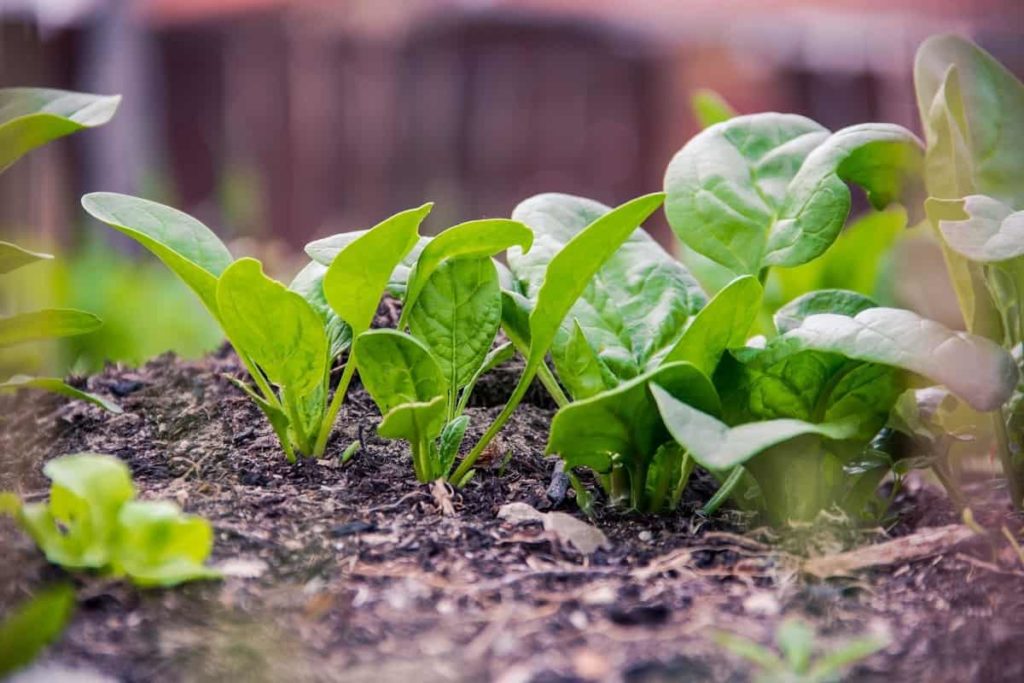
Growing Spinach from seed to harvest
How long does Spinach take to grow from seed?
Spinach needs six weeks of cold weather from seed to harvest. (Cover the soil with black plastic to speed up its warming). Although you can start seeds indoors, it is not recommended, as seedlings are difficult to transplant. Baby Spinach leaves have a sweeter taste and a softer texture. You should remove Spinach leaves before they turn yellow and within a week of the full leaves forming.
Spinach is a fast-growing plant that yields many leaves in a short time in the mild spring and fall seasons. Spinach leaves are ready for harvest as soon as they are large enough to eat. Harvest only by removing the outer leaves and allowing the center’s leaves to grow; this will allow the plant to continue production. Picking out the outer leaves also gives the benefit of a short delay in bolting.
Can you harvest Spinach after it has gone into seed?
Once the Spinach sends flower stalks, its leaves become tasteless or bitter, making it inedible. When the Spinach starts to bolt, you have options, like pulling it up immediately and replacing it with a hot weather crop. Or leave the Spinach plant in the garden and let it go entirely to the seed.
Unless it is hybrid, its seeds will be true and grow similar Spinach again. Once the seeds fall into the garden, either collect them for the next year or leave them to grow independently. Long summer days also cause bolting. Spinach that has bolted. Once leaves start to bolt, the leaves turn bitter and can’t be eaten anymore.
How many times can you harvest from one Spinach plant?
The choice of when to pick Spinach depends on whether you want the baby leaves or are grown in full. Picking Spinach as needed and coming again is an excellent way to harvest this highly perishable vegetable. Spinach is very easy to harvest and store. Whatever crop method you choose, remember to choose no more than 1/3 of the plant so that it can regrow the new leaves, and you can get multiple crops in one season.
Unless the growing point is damaged during the initial harvest and the weather remains cool, Spinach plants will probably regrow for two or more crops. You can expect an average of 25 leaves per plant. It will maintain a fresh flavor if Spinach is dipped in mesh bagfuls of the leaves in cold water immediately after harvesting.
Doing so will remove most of the dirt. When the outer leaves are about 6 inches long, they are ready for harvesting. Or, if it’s spring and plants are nearing the end of the season where it will soon bolt, you can pull or cut the whole plant.
Does Spinach grow back every year?
Spinach is an annual crop. As an annual, each plant grows for the same season. At the beginning of the growing season Spinach plants are grown from seed. On the contrary, perennial once die up to the soil line in falls and regrow from perennial roots every spring.
Once you harvest your Spinach, you must water and wait patiently for the next crop. Spinach leaves will grow again in just a few days. This is a great way to harvest Spinach if you want the plant to keep growing and produce new leaves or if you need a few leaves for a smoothie or a small dish.
Does Spinach need full sun?
Spinach likes the full sun but will bear a partial shade. Prepare the planting bed by modifying the soil with rich compost or aged manure. If you are growing Spinach during winter, choose an area that gets more than 6 hours of sun. Spinach will grow best throughout the sun, six to eight hours of direct sunlight or partial shade. Follow the distance instructions on seed packets for the varieties you have.
How often should Spinach be watered?
Spinach can either be grown from seed or as seedlings. Either way, make sure they are in a sunny place and plant them at a distance of about 15 centimeters. Spinach needs to be watered and fertilized regularly to keep it growing fast. Usually, Spinach needs about 1 to 1 and 1/2 inches of water every week. Therefore, it is better to water several times a week than deep water weekly. Adding a single layer of mulch around plants can also help maintain soil moisture.
In case you missed it: Best Fertilizer for Spinach: Homemade, Natural, Organic, NPK, and Schedule
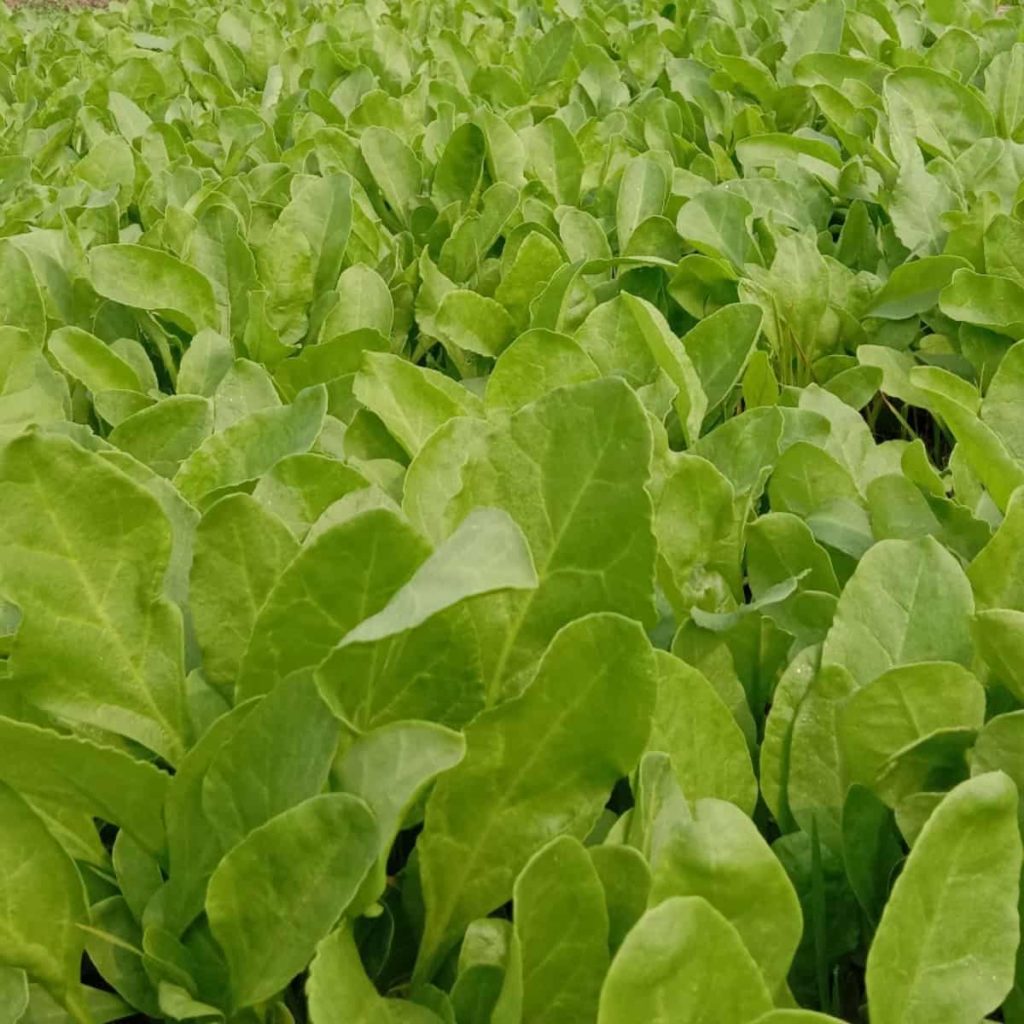
The Spinach root system is shallow and is not very good at moisture absorption, which is not close to the soil level. If the soil is waterlogged or becomes soggy, the plants will also not perform very well and will be sensitive to various pest and disease problems. Spinach needs at least one-inch-deep water every week in the absence of rain but perhaps more so because the soil in containers dries up faster than the ground. Irrigate your plants until water has drained out from under the container. Check the soil with your finger every three or four days.
Why are my Spinach leaves so small?
Spinach has shallow roots and needs shallow watering. Spinach needs water and cold soil. Crowded Spinach plants will result in unhealthy plants, stunted growth, and bolting. Growing Spinach problems are often related to growing Spinach in the wrong season. Grow Spinach in cold weather.
Can Spinach survive the winter?
For many reasons, Spinach is one of the greens to grow in the garden. This is the first crop to plant and harvest in spring; it survives in winter and does not need extra space in the garden. Spinach is planted a little later in September to grow during winter so that plants are established, endure a mild harvest of greens at the end of the fall, and then go into a semi-inactive state on the dark winter days. It could also be an early spring crop if they grow under a row cover or cool frame to protect it from extremes. Continue the cover until the weather is hot.
How big should Spinach seedlings be before transplanting?
Once the seedlings grow about 3 to 4 inches long, fertilize them once a week with dilute fish emulsion or another nitrogen fertilizer, and the lush, dark green leaves will develop and grow faster. When the Spinach seedlings have three to four true leaves, it is large enough to plant in the garden (after it hardens). Transplant seedlings after 3 to 4 weeks. Transplant early in the morning or noon. The day before the transplant, take the shade off the nursery bed and reduce the water. It is called hardening.
Does Spinach have deep roots?
Spinach has a deep taproot, but extensive branching root system, most of which have feeder roots in the top few inches of soil. The plant produces a rosette of fleshy, non-haired leaves that are wide and soft. You can sow Spinach seeds in a pot at least 6 inches deep, and plant seeds at a depth of 1/2 inches, each plant will have a distance of about 3 inches. Keep Spinach plants well-watered, although they do not allow the soil to fill with water.
When mulch is applied to the full sunlight location with moist soil, your Spinach can potentially produce a taproot about 3 feet long. As well as providing an anchor point during cooler and windier months, this thick root structure absorbs nutrients deep into the soil for the growth of strong stems and leaves.
Should I pinch off Spinach flowers?
Bolting is the word that means a plant has gone to seed, and Spinach can bolt due to water stress from very little water, with too much heat and too much sun in the final stages of its growth. At the end of spring or early summer, as the days get longer and warmer, Spinach plants send flowering stalks. You can pinch flower buds to slow the bolting process, but it’s a losing battle. Another option is to allow Spinach to blossom, enjoy flowers and collect seeds for next season.
In case you missed it: How to Grow Spinach Without Seeds
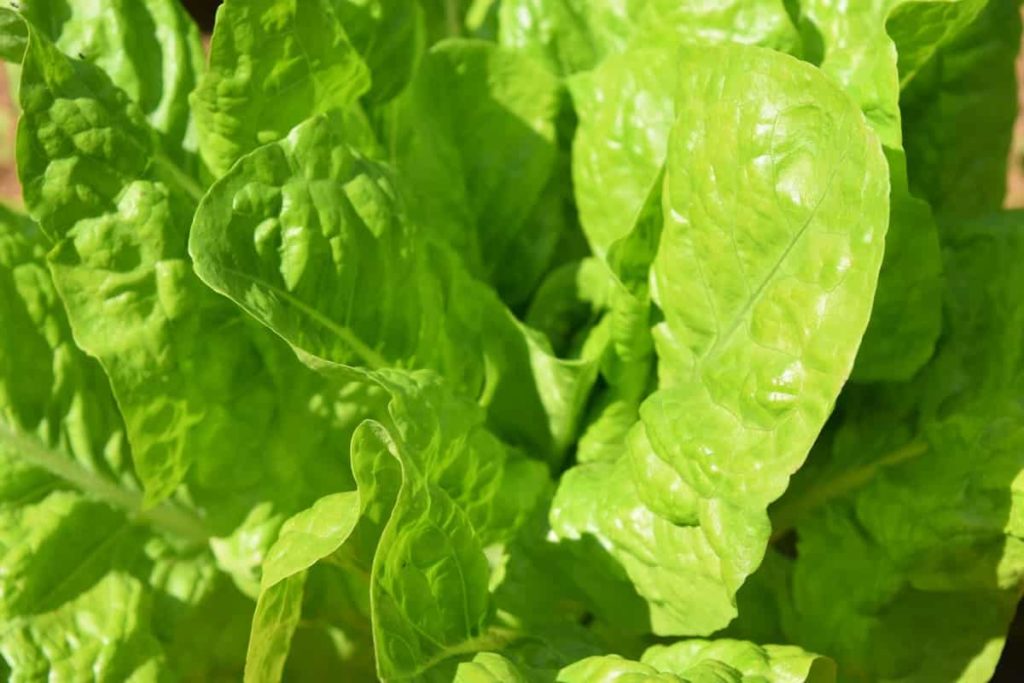
How far apart do I plant Spinach?
Plant Spinach outdoors as soon as the soil can be worked. Sow in the spring and late summer. Spinach endures cold weather. Sow Spinach seed six weeks before the last frost or as soon as you can work in the soil. Prepare the soil previous autumn, and you’ll be able to drop the seeds in the thawed ground come spring. In a long, cold spring area, plants in succession every ten days by mid-May. When growing Spinach for seed, increase the distance between plants in rows from 22 to 30 inches to 8 to 12 inches, or at least 12 inches at the center.
What fertilizer is good for Spinach?
Spinach grows best when a lot of manure is given. Proper nitrogen is required to produce the color of dark green leaves. Apply common garden manure like 10-10-10 at the rate of 900 grams to 1.3 kg per 100 square feet before planting the seed. Or fertilize as directed by the soil testing report. You can feed with a water-soluble fertilizer every two to three weeks during the growing season. If you like to use granular fertilizer during the growing season, use it as side dressing along rows and apply it once a month.
To minimize the bitter taste in the middle of summer, make sure plants get plenty of water. Organic cow manure and atonic manure can increase the vegetative growth of Spinach plants. Cow manure contains macro and micronutrients in a balanced manner to provide nutrients for plant growth. For a better crop, apply a top dressing about five weeks later as Spinach needs a lot of nitrogen for good quality, broad leaves. Use chicken manure placed between rows for this top dressing and work it lightly. Remember to remove weeds regularly.
What kind of soil does Spinach like?
Spinach needs well-drained, rich soil with a neutral pH. Add compost or manure to your beds to give your Spinach the nutrients needed to thrive. Spinach makes a long taproot, so loosening the soil by a foot or more is helpful. Spinach grows well in various soils, but like most crops, it works best when soil is well modified with lots of organic matter, especially compost. The ideal pH range for Spinach, like many common vegetable crops, is 6.5 to 7.0.
What can I plant with Spinach to keep bugs away?
Onions, Garlic, and Leeks are the best friends of Spinach gardeners. They all have strong fragrances that work to prevent natural insects. These fragrance plants are the best pest prevention. From destructive pests, such as beetles, aphids, and carrot rust flies to large pests like rodents and deer. Marigolds make the best Spinach companion plants to add to your garden beds. Heavy fragrant flowers have several benefits in the veggie garden.
What grows well with Spinach?
Beans and Peas are great companion plants for Spinach. Not only do legumes apply nitrogen to the soil, but they help to shade the taller companion Spinach and prevent it from bolting. Other companion crops of Spinach include Cabbage, Cauliflower, Chard, Onion, and Strawberry. In addition, spinach enjoys Tomato companionship and benefits from the shade provided by the tall Tomato plants.
In case you missed it: Spinach Companion Plants, Planting Guide
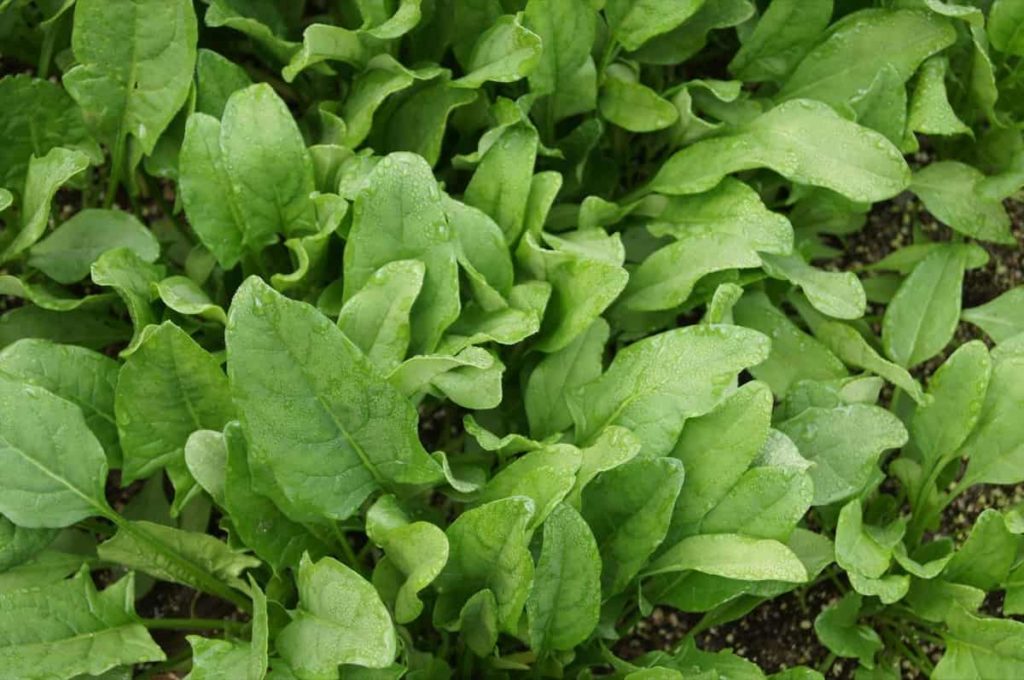
Is Epsom salt good for Spinach?
Leafy green crops like Spinach need the most magnesium for growth. Therefore, adding Epsom salt to the soil will benefit these plants the most. To add sulfur content, mix two parts of nitrogen fertilizer with one part of Epsom salt, which is important for Spinach. Apply following the packaging instructions. Sow 12 to 15 seeds for each square foot of soil. Spread the mulch around the Spinach trunks to preserve the excess moisture.
Can Spinach be grown in pots?
Spinach works well growing in pots with herb planter ideas. Use a standard potting mix rich in organic matter. Well-draining soil is essential for Spinach to grow well in pots. Spinach has a deep taproot, so you’ll need a container at least eight to 10 inches wide and deep, with drainage holes underneath, for each plant. An 8 to 10-inch-deep container and as wide as you want would be perfect for growing Spinach. Depending on your place on a yard or balcony, you can also go for wooden boxes, railing planters, or crates.
How do you make Spinach grow faster?
Spinach works best when growing in moist, nitrogen-rich soil. Spinach plants make a deep taproot; for the best growth, loosen the soil at least 1 foot deep before planting. Space Spinach plants at a distance of 12 inches, plant in a pH of 6.5 to 7.0 in fertile, well-drained soil. Start the growing season by mixing it in several inches of aged manure or other rich organic matter in your native soil. Check the soil moisture frequently or consider using a soaker hose to keep the moisture level constant.
Why are my seedlings growing so tall?
Leggy or tall seedlings are basically because they are not getting enough light exposure. Due to cloudy weather, the seedlings are usually stretched or elongated more than them. Overcrowding seedlings in pots will also cause legginess as the seedlings compete for light. You should provide direct light or artificial light, and adjust the supplementary light.
In case you missed it: Spinach Questions and Answers, Planting FAQs
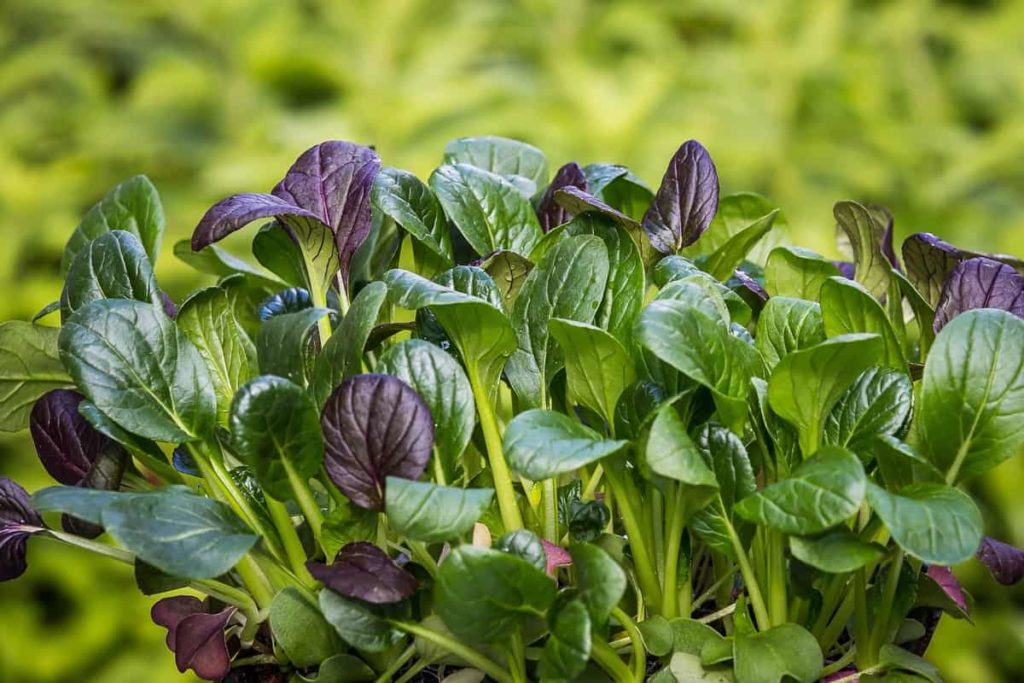
What should you not plant near Spinach?
By planting Spinach with other complementary crops, gardeners can increase production, protect Spinach plants from insects, increase Spinach season and maximize garden spaces. The best Spinach companion plants are Peas, Brassicas, and Strawberries. Avoid Spinach near Sunflower, Fennel, Pumpkin, Melon, Corn, and Potatoes.
How do you increase the yield of Spinach?
Environmental factors affecting plant growth include light, temperature, water, moisture, and nutrition. Cut out the outer leaves as needed to maintain Spinach production, and let the small inner leaves keep growing. This will increase harvesting and overall plant production, especially with fall plantation. The Spinach plant prefers smaller and more frequent irrigation sessions to produce an acceptable production.
Why is my Spinach plant dying?
The most common causes of Spinach seedling death are improper water (either too much or not enough), too much sun and heat, transplant, or fertilizer burning. They do best in cold weather and will start dying as soon as they get hot, so plant them as soon as possible.
The damping-off disease causes the seedlings to die immediately after they emerge. Plant quality seeds and avoid more water to help prevent disease. Process the compost well in a hot pile before adding it to the garden soil. Once the seeds germinate and start growing, mulch the soil to maintain an even cool temperature.
Why are my Spinach leaves turning brown?
Spinach leaves can be seen browning due to inadequate water, too much water, overzealous fertilization, soil pollution, disease, or pest attack. The most common cause is blight caused by weeds, other pesticides, or fertilizers; water and other stresses can cause spotting or lesions on Spinach. Spinach leaves are sensitive to chemicals and respond easily by producing chlorotic or tan-colored necrotic areas.
In case you missed it: Growing Spinach In Greenhouse – In Winter, Indoors From Seed, Polyhouse
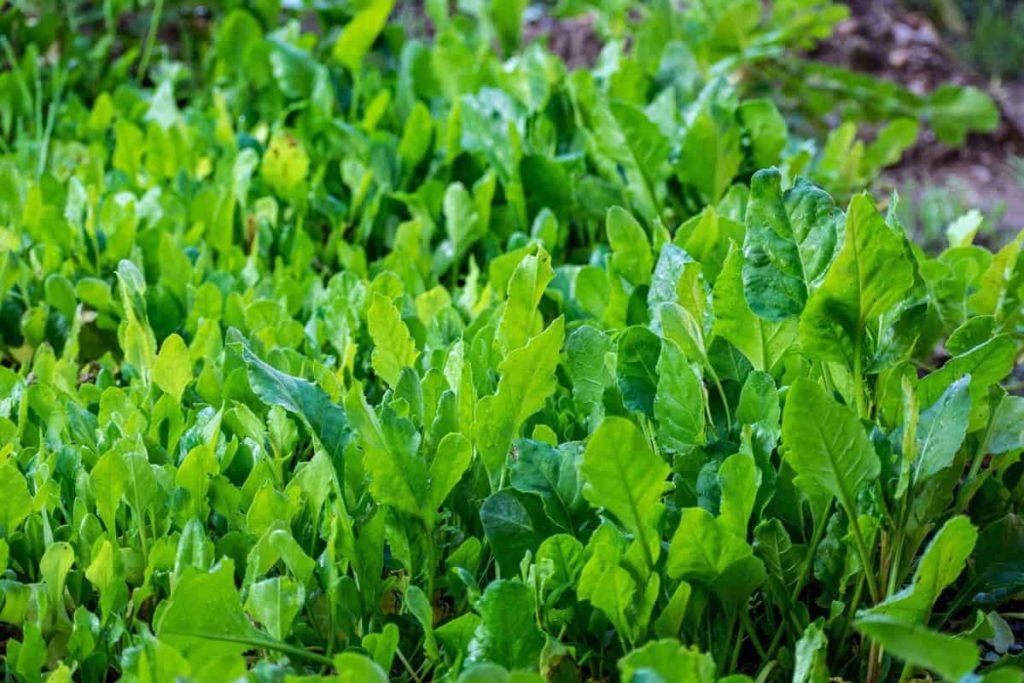
Conclusion
Spinach has high nutrients and is fast and you can easy to grow it as a cut and come back for baby leaf vegetables or large leaves. If you choose the suitable types and work well in containers, they can be grown all year round. Growing Spinach from seeds can be challenging for beginners, but it’s very easy. The key is to know how and when to do it. So, this article will tell you solutions to common Spinach growing questions.
- How to Grow Hibiscus from Flower
- Plantation Ideas for Home Decoration: A Beginners Guide
- Flower Garden Designs and Layouts for Beginners
- Planting and Spacing Techniques in Papaya: A Beginner’s Guide
- Growing Gold: Essential Techniques for Planting Pineapples
- How to Make Kalanchoe Plant Bushy: Home Remedies and Solutions
- 11 Reasons Why Your Gardenia is Not Blooming: Home Remedies and Solutions
- Eco Elegance: The Guide to Designing a Drought-Tolerant Landscape
- Gardening on a Slope: Strategies for Hillside Landscaping
- Nourish and Flourish: Top Organic Mulches for Thriving House Plants
- Everything You Want to Know about Indian Mogra Flower: Discover Uses and Growing
- Green Thumb Success: Expert Tips for Cultivating Greenhouse Pumpkins All Year Round
- Maximize Growth & Flavor: The Ultimate Guide to Companion Planting in Herb Gardens
- How to Control Rhododendron Problems Naturally: Home Remedies and Organic Ways to Fix Them
- Natural Magic: The Remarkable Benefits of Cinnamon for Plants
- Best Steps to Revive Dying Tulip with Natural and Organic Treatment
- 10 Reasons Why Your Angel Trumpet is Not Blooming: Remedies and Treatment
- How to Fix Periwinkle Leaf and Flower-Related Problems: Natural Remedies and Solutions
- How to Fix Zinnias Leaf and Flower Problems: Discover Natural and Home Remedies
- Organic Steps to Induce Lemon Tree Flowers: A Comprehensive Guide
- Bloom Booster: Crafting the Perfect Homemade Bougainvillea Fertilizer
- Optimizing Growth: A Guide to Applying NPK Fertilizer for Potted Plants
- 10 Best Homemade Fertilizers for Rubber Plant: DIY Recipes and Application Method
- How to Boost Female Pumpkin Flowers: Effective Steps for More Flowers and High Yields
- Transform Your Indoor Garden: Top Benefits of Pink Salt for Houseplants
- 10 Best Homemade Fertilizers for Peacock Plants (Calathea): Easy DIY Guide
- Unlock Blooms: 9 Reasons Why Your Potted Chrysanthemum is Not Blooming
- 8 Reasons Why Your Potted Hibiscus is Not Blooming: Fix it with Simple Solutions
- Unlock Blooms: 9 Key Reasons Your Potted Frangipani Won’t Flower
- 10 Reasons Why Is My Ice Plant Not Blooming: Remedies and Treatment
- 10 Reasons Why My Potted Hydrangea Not Blooming: Treatment and Remedies
- 10 Reasons Why is My Wisteria Not Blooming: Remedies and Treatment
- 10 Reasons Why is My Goldfish Plant Not Blooming: Remedies and Treatment
- Maximize Your Space: Ultimate Guide to Balcony Gardening with Grow Bags
- 10 Reasons Why Your Iris is Not Blooming: Remedies and Treatment
- 10 Reasons Why Your Anthurium Plant is Not Blooming: Treatment and Remedies